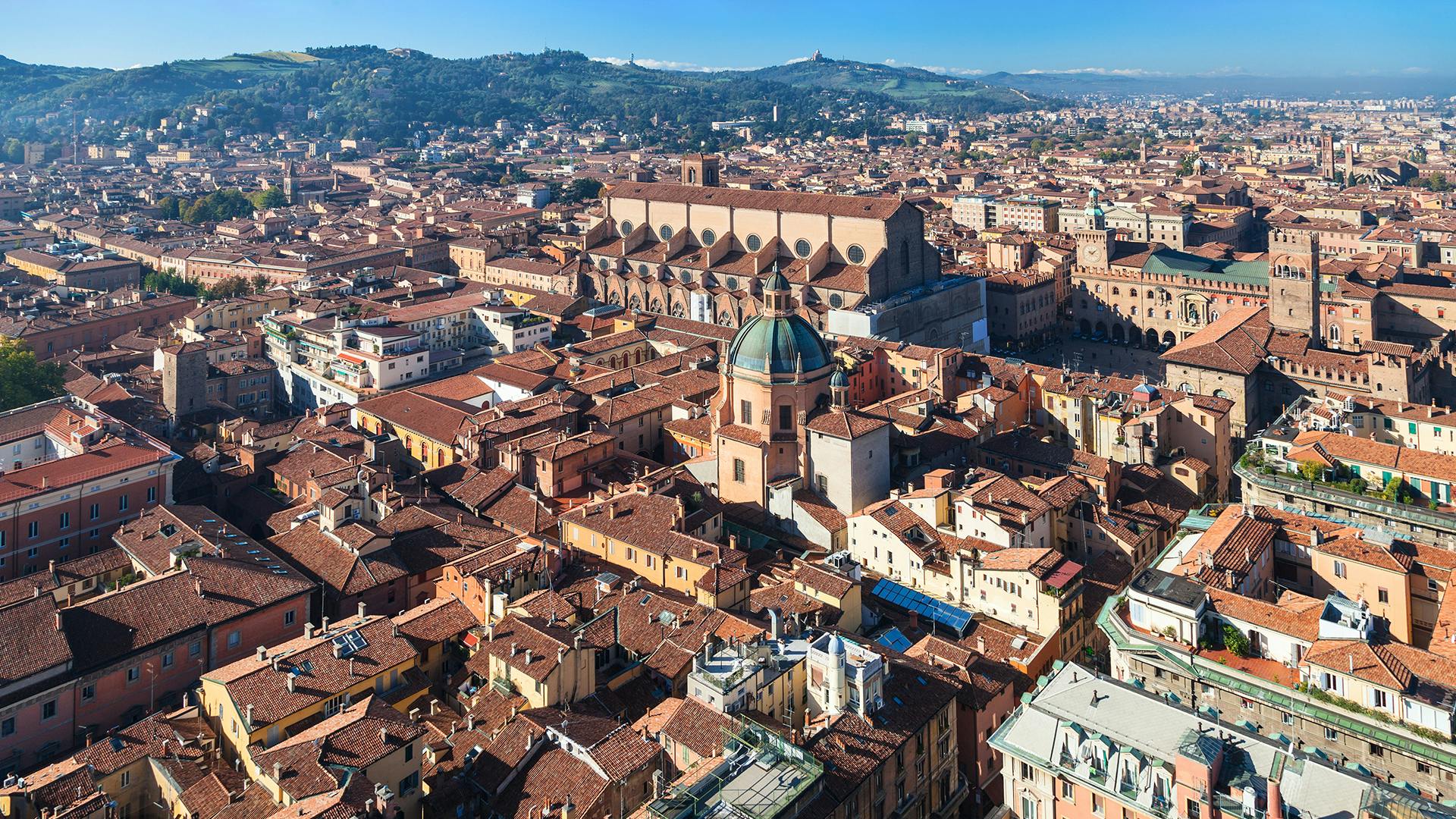

Emilia is one of the richest Italian regions in terms of gastronomy. Its traditional cuisine offers something for everyone, with a common theme of intense and rich flavors that permeate appetizers, cured meats, and main courses. Together with the tradition of handmade fresh pasta, this has made Emilian cuisine a symbol of Italian culture worldwide. But what truly makes Emilian cuisine unique?
History and Origins
Emilian cuisine has a long history, deeply linked to local events and traditions. The evolution of this cuisine has been influenced by the region’s geographical position and the Via Emilia, a road that has always fostered trade and culinary exchanges.
The Emilian plain has always been a land rich in agricultural resources: cereals and vines have been cultivated in abundance since ancient times. The Romans already used ingredients still found in today’s local cuisine, such as wheat, legumes, and pork. With the decline of the Roman Empire, the Middle Ages saw the rise of powerful noble families—such as those of Parma, Modena, Bologna, and Ferrara—who helped preserve and develop the region’s culinary culture.
The Renaissance
During the Renaissance, Emilian courts became centers of culinary refinement. The chefs serving the nobility created elaborate dishes, combining prized ingredients like truffles, Parmigiano cheese, and processed meats with simpler ones such as wheat and pork. It was during this period that some of the most famous Emilian specialties were born: fresh egg pasta and rich fillings became iconic symbols of the region’s cuisine.
The 19th Century and the Pre-Unification Period
In the 19th century, Emilian cuisine began to spread to the lower classes, thanks to the ability to transform simple yet hearty ingredients into delicious dishes. Recipes such as polenta, ragù alla Bolognese, and cotechino (a type of pork sausage) became everyday staples, often accompanied by legumes and vegetable side dishes. These preparations made the most of local resources and relied on traditional preservation methods such as salting, curing, and pickling.

From the Unification of Italy to today: recognitions
With the unification of Italy and industrialization, Emilian cuisine cemented its reputation, becoming one of the most appreciated both nationally and internationally. Products like Parmigiano Reggiano, Prosciutto di Parma, and Aceto Balsamico di Modena have received PDO and PGI certifications, becoming symbols of "Made in Italy" worldwide. Today, Emilian cuisine remains a benchmark for food lovers, maintaining a perfect balance between tradition and innovation.
The emphasis on pork, which appears in appetizers, main courses, and side dishes, along with the many local cheeses, has been one of the main reasons for the cuisine’s widespread popularity.
After industrialization and Italian unification, Emilian cuisine established itself as one of the most renowned northern Italian culinary traditions worldwide. With the introduction of food certifications, products like Parmigiano Reggiano, Prosciutto di Parma, Aceto Balsamico di Modena, Ragù alla Bolognese, and Mortadella became symbols of the region, further promoting food and wine tourism.

Adaptations and Forgotten Dishes
Today, thanks to social media and tourism, many traditional recipes have been adapted to suit a more diverse and health-conscious audience. Lasagna, tortellini, and tagliatelle al ragù have been reimagined for vegetarian and vegan diets, allowing everyone to enjoy Emilian cuisine, albeit in a non-traditional form.
Alongside globally recognized dishes—such as the famous piadina, spaghetti alla Bolognese, the delicious Torta Tenerina, or the Torta di Riso—Emilian cuisine also boasts other lesser-known but equally tasty dishes that have not achieved the same level of fame. Among these are Zuppa Imperiale, a dish from Romagna made of small semolina cubes; Zuppa Inglese, a spoon dessert that, despite its name, is entirely Italian; sughi (grape must puddings); Calzagatti, a Modenese dish combining polenta and beans into fried bite-sized pieces; and finally, Smerladini and Balanzoni, which can be considered the lesser-known "siblings" of tortellini.